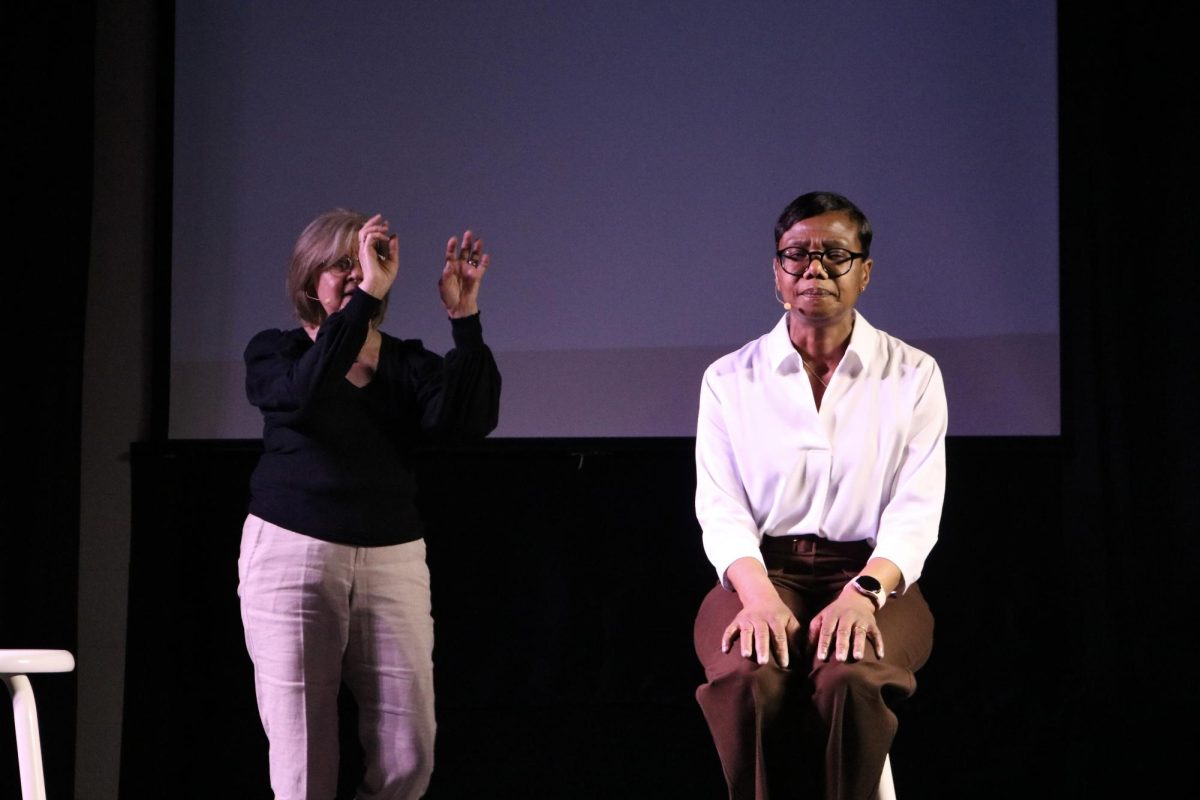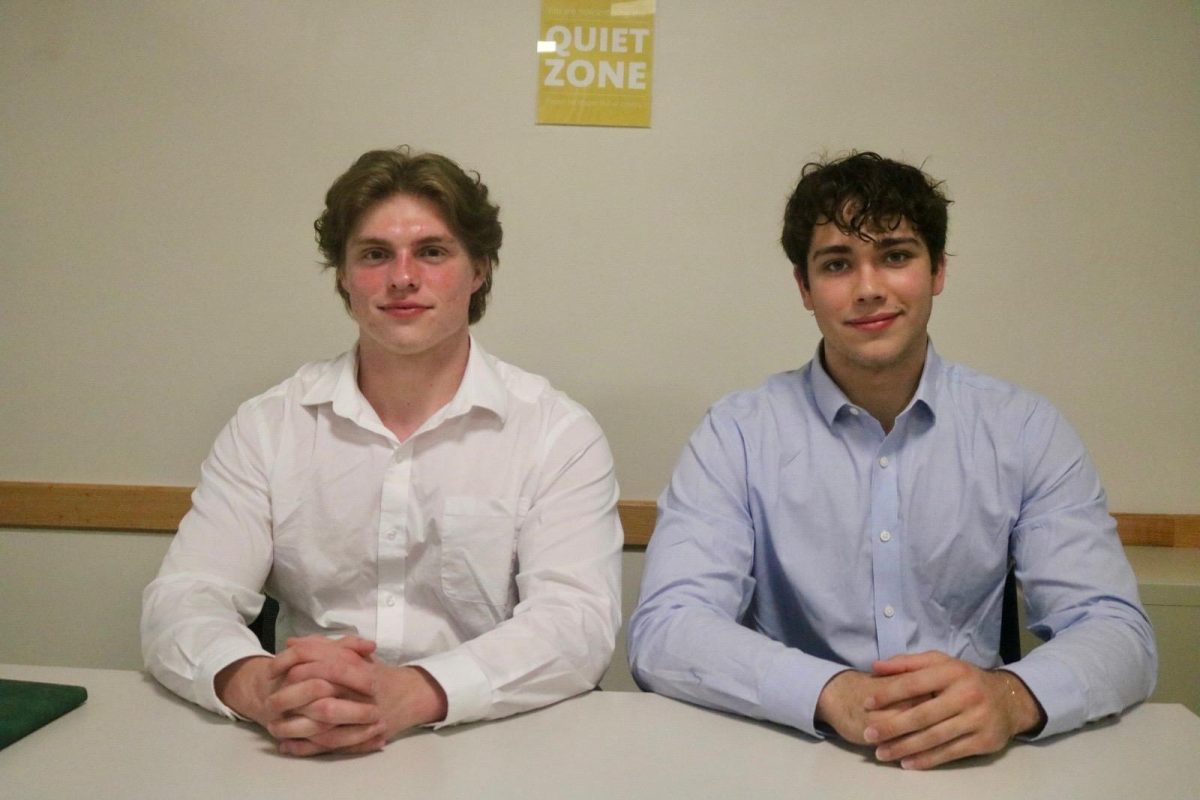A campus-wide vote on Monday, Jan. 27 successfully passed a new constitutional amendment, which revised Article III, Section 1.B., Subsection 5.a. of the SGA Constitution regarding the election date for executive elections.
The newest revision reads: “The first round of elections for President, Vice President of Academic Affairs and the Vice President of Student Affairs shall begin no later than the first Monday in March for the following term.” This represents a small but significant change, which originally set the official first day for higher-level SGA officers as the first of March specifically.
SGA President Thomas Neil ’14 and SGA Administrative Coordinator Cynthia Amezcua ’14 proposed the amendment in the hopes of providing a longer transition period for incoming officers, along with a greater sense of cohesion for the new cabinet.
“This amendment will be implemented before the mid-February deadline for student initiatives. This way, the new SGA Cabinet will not have to go through an uncomfortable transition period,” Neil said. “This allows us to pass on more information, and the new group will be able to participate in meetings with us. This comes after a long lack of change on SGA’s part in this matter.”
Neil noted that the short transition period between administrations has been a thorn in the SGA’s side for a long time and that the SGA recognized the need for change. Although prior administrations acknowledged the problem while making it work, Neil intends to resolve the issue once and for all.
“The refrain we hear from our admin is that every three or four years the same issues come up, the same issues are rehashed,” Neil said. “This prevents forward motion. The timeline is longer than a year for many projects, and the amendment allows for greater continuity. A longer transition period is just common sense.”
The SGA also emphasized the need to reduce voter fatigue, as back-to-back elections and constant notification bombardment lead to a decrease in participation and the legitimacy of the campus vote.
The new amendment was presented alongside senators’ statements of intent and voted on concurrently with senator elections, in order to avoid a double election.
“One of the reasons that we moved [the election] up to mid-February is so that we can have one big election on one big ticket, which would deal with all our needs in one fell swoop,” Neil said. “It’s preferable to having two big elections, [one in March, one in February] because after you come back from spring break, it’s one of the busiest and fastest periods, so transitioning is much more difficult. The more time you have for that, the better.”
Neil believes that the lack of voter turnout can delegitimize and discredit various student initiatives, such as the previous constitutional amendment proposed by then Smounker Senator and S&B Sports Editor Max Mindock ’15 last semester.
“The principle difference is that for the last [amendment], we may have made a mistake in letting our constitutional amendment come outside of major voting periods to allow for more legitimacy,” Neil said.
“Allowing it to happen on a Campus Council election date increases turnout,” he said, as well as the vote’s legitimacy.
Neil also clarified the SGA’s actions in encouraging a pocket veto of the most recent amendment, with regards to the information voters were presented with.
“People saw the exact language of what they’re replacing, unlike the last [amendment],” Neil said. “Nothing was ambiguous. The language change, only a few words, clearly made it clear what we’re doing.”
Neil wants to ensure that his tenure as president will have a positive lasting impact on the efficiency of the SGA.
“I’m organizing a review of our organization, and the issue of timely proposals will be in the mix,” Neil said. “Last semester was way too bureaucratic; I think that there should only be two amendment windows when they can be proposed. If you want to propose an amendment, do it during student initiatives.”
With these goals in mind, it remains to be seen how this year’s election schedule plays out and whether the amendment will increase voter turnout as desired.

















































